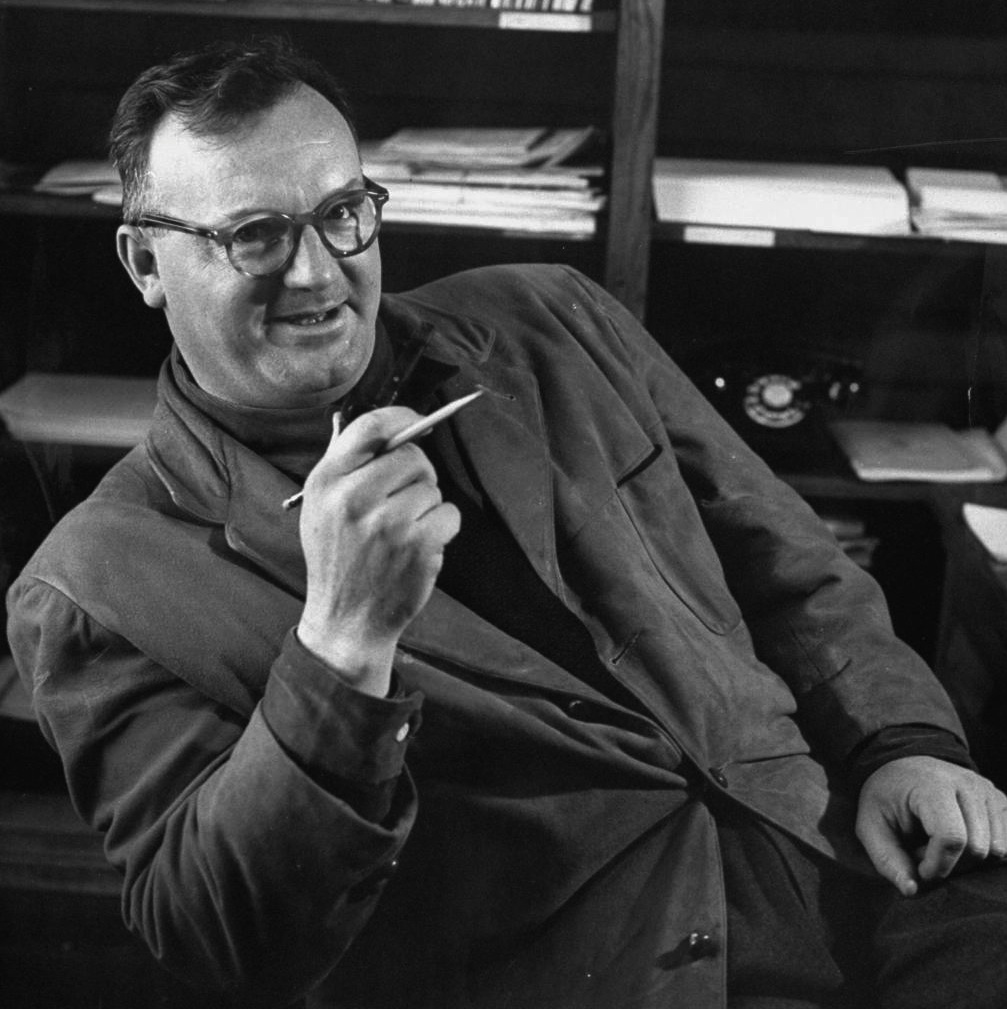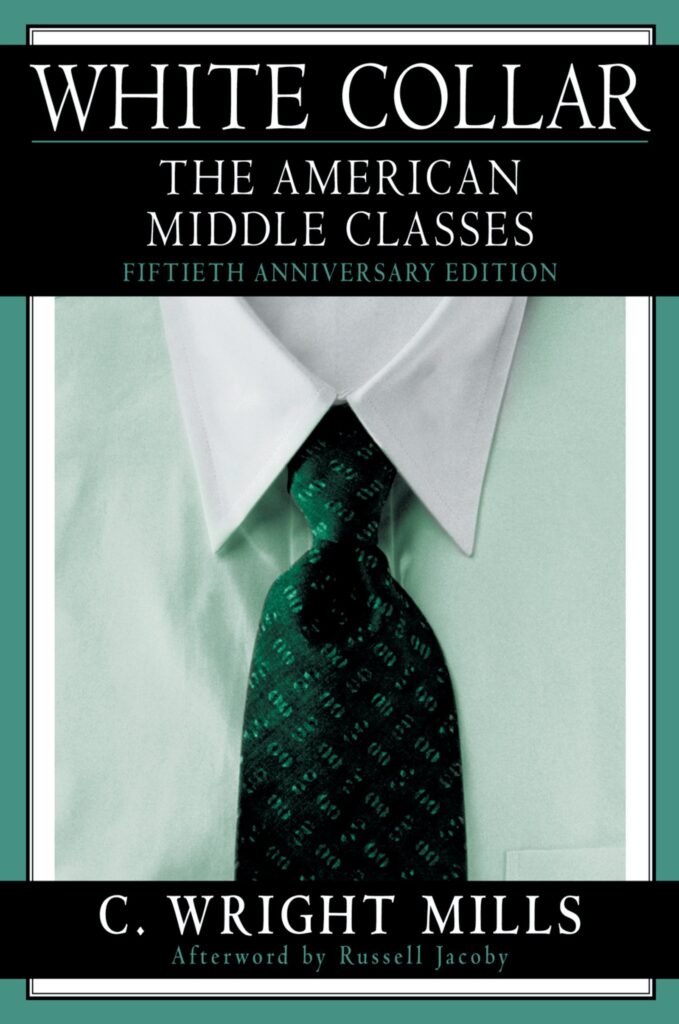Charles Wright Mills

Born in the later half of the 1910s, Charles Wright Mills was an esteemed American sociologist who was heavily influenced by the theories and ideals of German sociologists.1The Editors of Encyclopedia Britannica, "C. Wright Mills: American Sociologist," Encyclopedia Britannica, last modified March 16, 2021, retrieved from https://www.britannica.com/biography/C-Wright-Mills In particular, the ideals and theories of Max Weber had the greatest impact on Mills.2The Editors of Encyclopedia Britannica, "C. Wright Mills: American Sociologist," Encyclopedia Britannica, last modified March 16, 2021, retrieved from https://www.britannica.com/biography/C-Wright-Mills Weber’s speculations on the distinctions of class, status, and power and their impact in social, political, and economic systems defined much of Mills’ work. Besides White Collar: the American Middle Class, Mills has written several other significant books including The New Men of Power: America’s Labor Leaders and The Power Elite.
An Overview of White Collar
Published in 1951, Mills’ White Collar, does not address the 1920s as its own decade disconnected from the rest of American history. Instead, Mills takes the reader through several decades by analyzing the effect of class and social status on one’s power in the social, political, and economic systems in America. Accordingly, Mills argues that because of their large presence in society, middle class white-collared workers have transformed the definition of what it means to be an American.3C. Wright Mills, White Collar: The American Middle Class. New York: Oxford University Press, 1951, xv. As a result, Mills views this population as a wealth of social, political, and economic power with enough influence to drastically change the course of the country. However, White Collar also analyzes the struggle between big organizations and expressive, self-directed work.4Steven Rytina, "Youthful Vision, Youthful Promise, Through Midlife Bifocals: C. Wright Mills' 'White Collar' Turns 50," Sociological Forum 16, No. 3 (September, 2001): 563. This highlights the struggle for power between the American middle class and large, powerful companies that dominated much of the 1920s, as well as the greater twentieth century.
How does White Collar fit into the larger historiography of the 1920s?

It is argued that Mills’ White Collar fits almost perfectly in the typical narrative of 1920s historiography given that it was published in the early 1950s. There are striking parallels between Mills’ work and best-selling fiction novels such as The Man in the Gray Flannel Suit by Sloan Wilson and Catcher in the Rye by J. D. Salinger.5 Steven Rytina, "Youthful Vision, Youthful Promise, Through Midlife Bifocals: C. Wright Mills' 'White Collar' Turns 50," Sociological Forum 16, No. 3 (September, 2001): 563, 564. Published in 1995 and 1951 respectively, these fictional novels demonstrate the psychological and sociological ideas that Mills has incorporated into White Collar. While White Collar is not a fictional novel and it can be directly connected to sociology, the parallels are not a coincidence. Instead, they prove that at the time when White Collar was written and published, many other historians, authors, and everyday people shared a similar perspective on the 1920s.
What does White Collar provide to a reader interested in the 1920s?
For a reader interested in learning about the 1920s, White Collar provides a more psychological and sociological perspective into the decade. Given that Mills was largely influenced by the work of Weber, it can be inferred that White Collar offers the reader insight into American classism, focusing mostly on the power and effect of the white-collared workers in the middle class. Although Mills’ White Collar does not concentrate solely on the 1920s, it establishes concepts and makes speculations that can be applied to both the larger narrative of the twentieth century and the specific decade of the “Roaring Twenties”.
Bibliography
- The Editors of Encyclopedia Britannica. “C. Wright Mills: American Sociologist.” Encyclopedia Britannica. Last modified March 16, 2021. Retrieved from https://www.britannica.com/biography/C-Wright-Mills.
- Mills, C. Wright. White Collar: The American Middle Class. New York: Oxford University Press, 1951.
- Rytina, Steven. “Youthful Vision, Youthful Promise, Through Midlife Bifocals: C. Wright Mills’ ‘White Collar’ Turns 50.” Sociological Forum 16, No. 3 (September, 2001): 563-574.

Rachel is a junior at Ramapo College of New Jersey taking Discovering Digital History in the Spring of 2021. She is studying History and Education and is looking forward to becoming a teacher after graduating.
